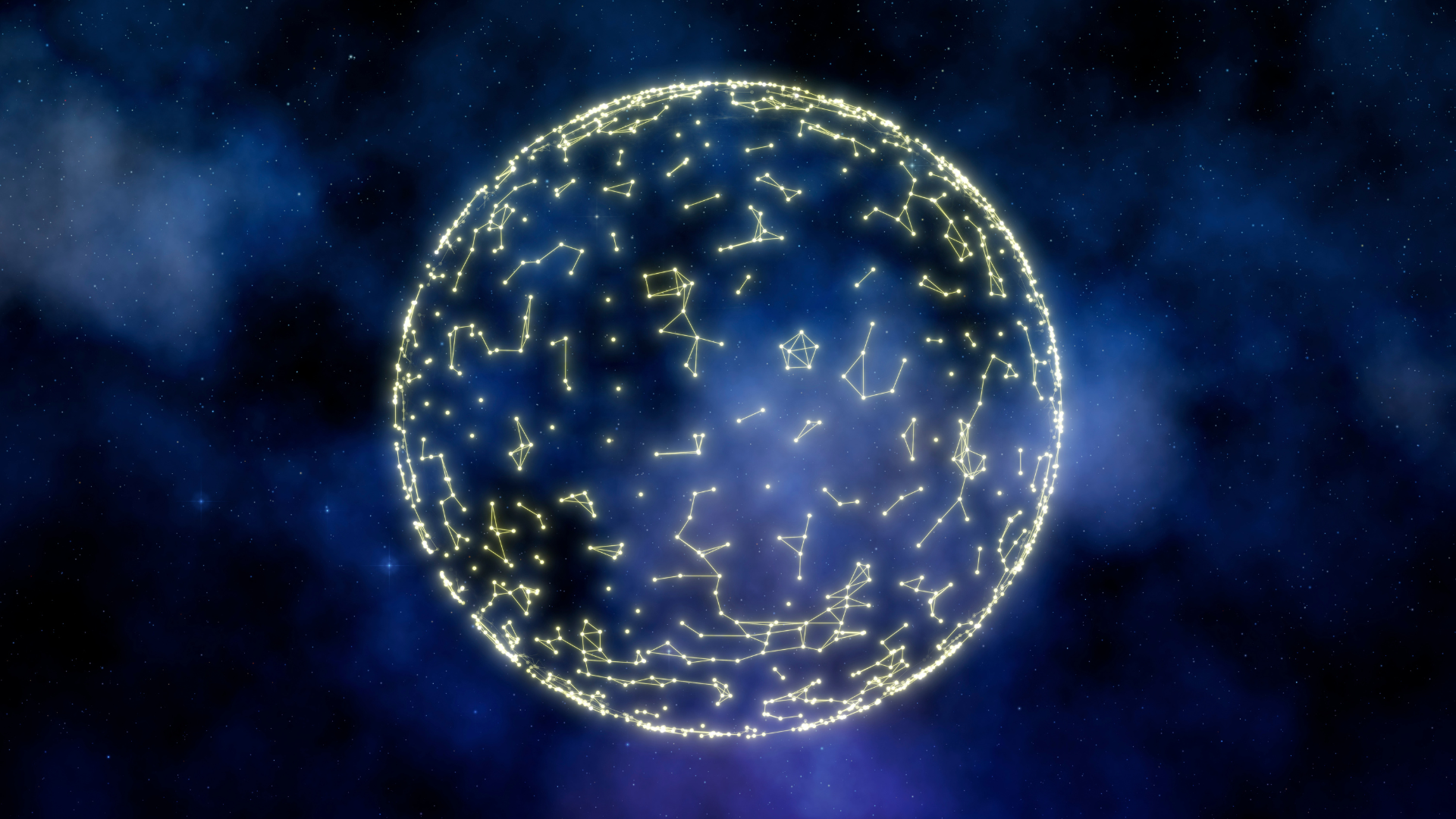It’s fascinating to think about how our world has changed due to groundbreaking science from centuries ago! In the 1700s, there were a number of scientific discoveries that would shape how we view the world today.
There was also significant progress in understanding medicine and epidemiology during this time, which has led to more effective public health measures being put in place for preventing and treating illnesses.
In the 17th century, many scientific discoveries were made; however, this article will highlight seven discoveries:
1)Magnetic Field of Earth
In the 1600s, William Gilbert theorized that the Earth’s magnetic field was created by a powerful electric current running through the planet. Scientists have since verified his theory.
Today, we know that Gilbert’s theory is correct: The Earth’s magnetic field is generated by a dynamo of electric currents in the conducting earth’s mantle. This dynamo produces a swirling current of electricity that creates a rotating magnetic field.
Gilbert’s work helped to establish the link between electricity and magnetism, and his theories have led to many discoveries about the Earth and its atmosphere.
2)Earliest Record of an Optical Telescope
The first record of an optical telescope dates back to Antiquity. A Chinese document in the 9th century AD describes scientists using a magnifying glass to study the moon. In 1608, Galileo Galilei used a telescope to view the moons of Jupiter. The Telescope Patent of 1729 was granted to Englishman Johann Joachim Winckelmann, who is credited with coining the term “telescope.”
3)Laws of Planetary Motion
Johannes Kepler’s first proposed two laws of planetary motion in 1609 and the third law in 1619, which stated that planets move around the sun in elliptical orbits. Newton later proved these laws, which are still used to calculate a planet’s position.
The first law states that a planet orbits the sun in an ellipse, with the sun at one focus and the earth traveling around it in an annulus.
The second law says that the planets’ speeds vary inversely as their distances from the sun: for a given world, the faster it moves away from the sun, the slower its speed.
The third law of planetary orbit of Johanna Kepler states that every planet in a solar system is located at the same distance from the sun and in the same orbital plane around it.
4)Discovery of Cell
In 1665, Robert Hooke observed that a small piece of cork could be stretched and restored to its original position. This was the first time one had found evidence of the existence of cells. Cells are now known to be the basic unit of life and are responsible for all chemical reactions within a biological system.
This discovery fulfills one of the most important goals of natural philosophy – to understand how individual bodies are made up of smaller parts.
5)White Light Is a Mixture of Colored Rays
Sir Isaac Newton was one of the most influential scientists of all time and is credited with numerous groundbreaking discoveries, including the laws of motion, gravity, and optics.
In 1666, Newton discovered that white light is a mixture of distinct colored rays (the spectrum). This discovery helped pave the way for future research in optical science and led to the development of optical devices such as spectroscopes and microscopes. Sir Isaac Newton remains a revered figure in the field of physics, and his work is still studied today.
6) Boyle’s Law of Ideal Gases
Robert Boyle, who lived between 1627 and 1714, was a famous chemist and physicist. He is most famous for his law of ideal gases. In 1662, Robert Boyle published his law of gas idealism, which states that all gases are composed of tiny particles that move around randomly and at constant speeds. This helped refine our understanding of gases and led to the development of modern atmospheric science.
7)Epigenesis in Insects
Jan Swammerdam, in 1669 observed that the eggs of some insects undergo significant changes during development that cannot be accounted for by variations in their genes or chromosomes. He proposed that these changes were caused by alterations to the egg’s DNA cytoskeleton, specifically around the nuclear region. This led him to conclude that eggs can undergo phenotypic change without alteration to their underlying genetic material.
Hopefully, this article was helpful! The 17th century was a pivotal time in science, and several groundbreaking discoveries were made during that period. From the discovery of antibiotics to the invention of telescopes, these seven discoveries have impacted how we live today.
